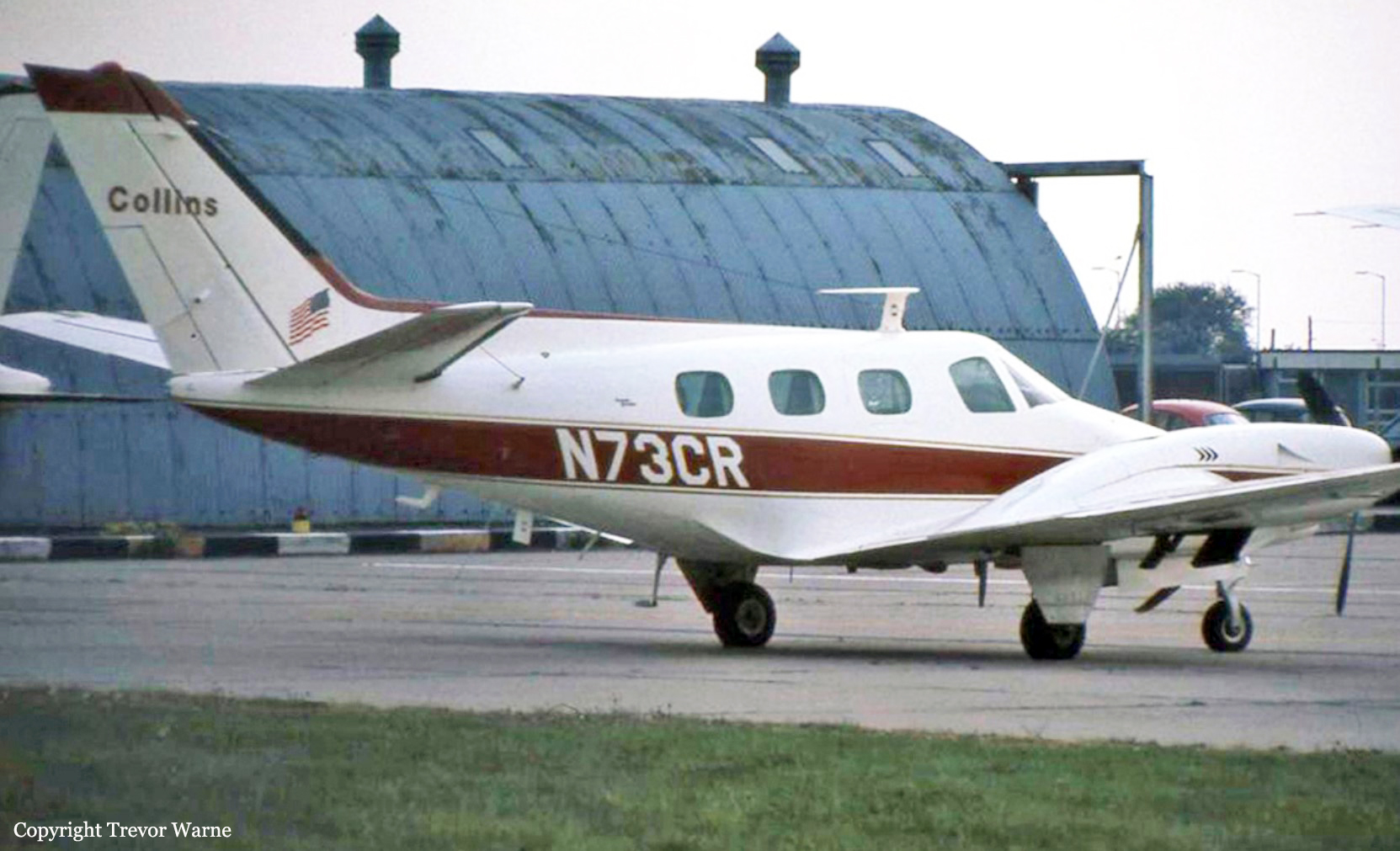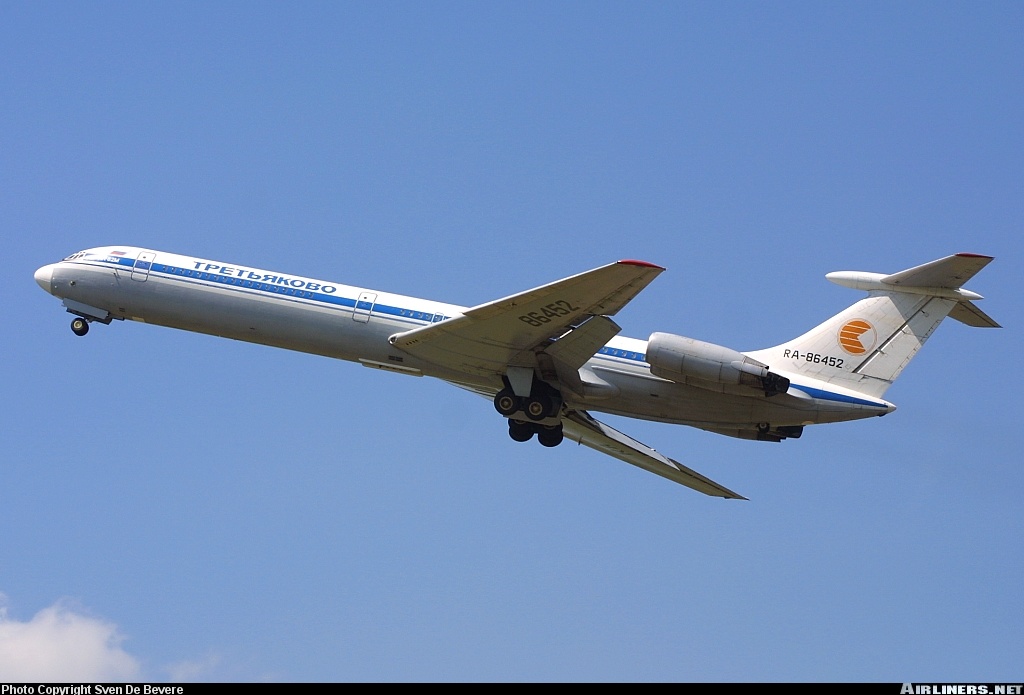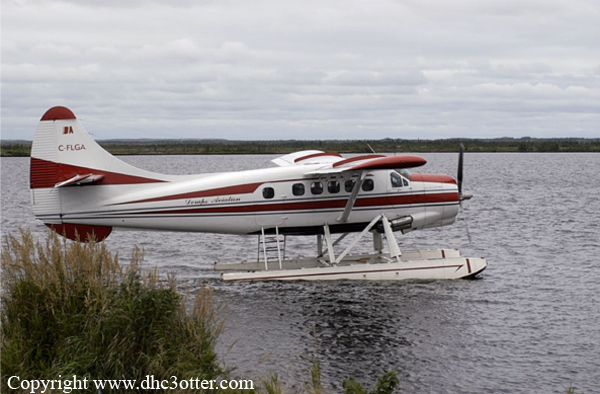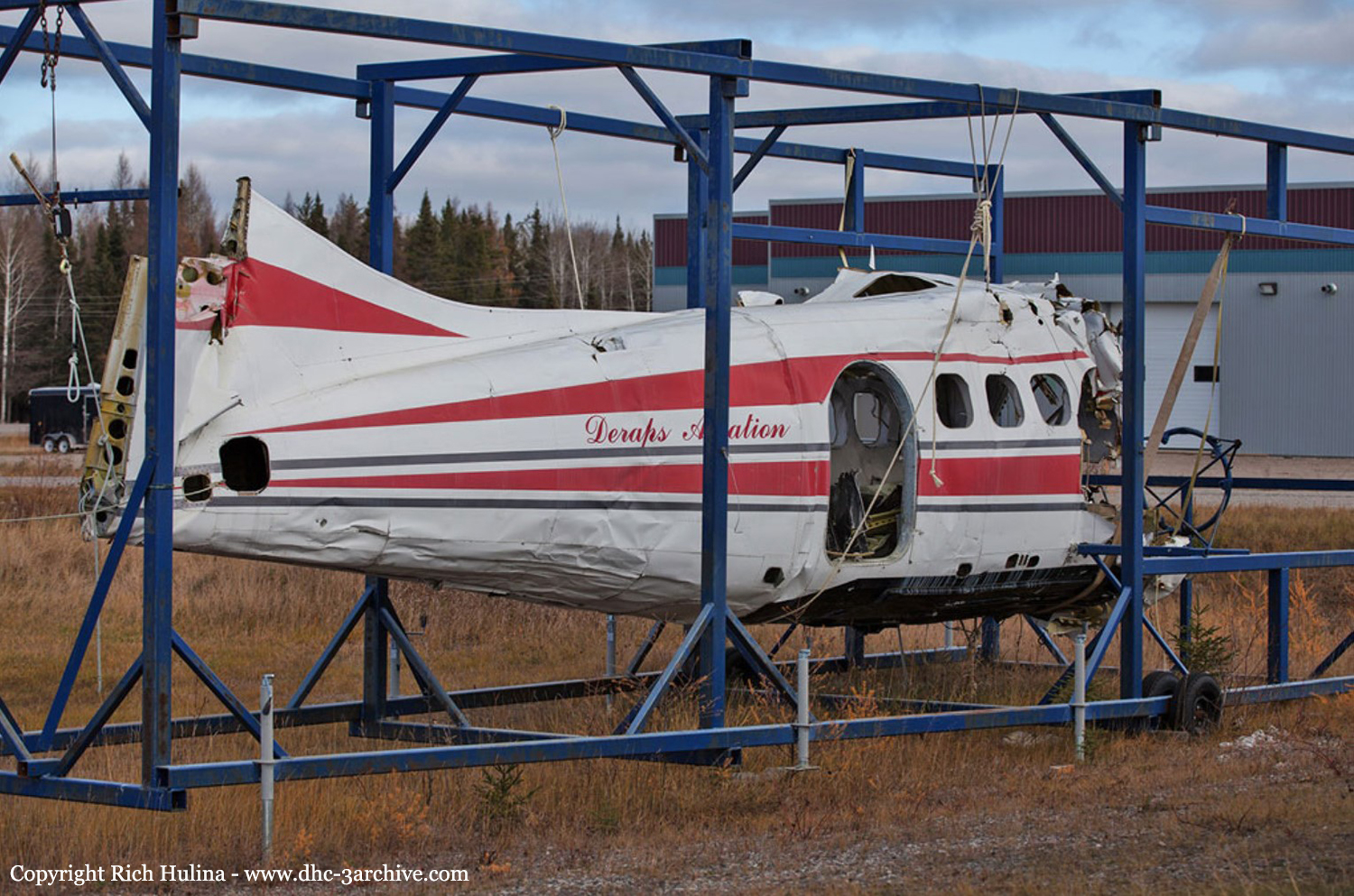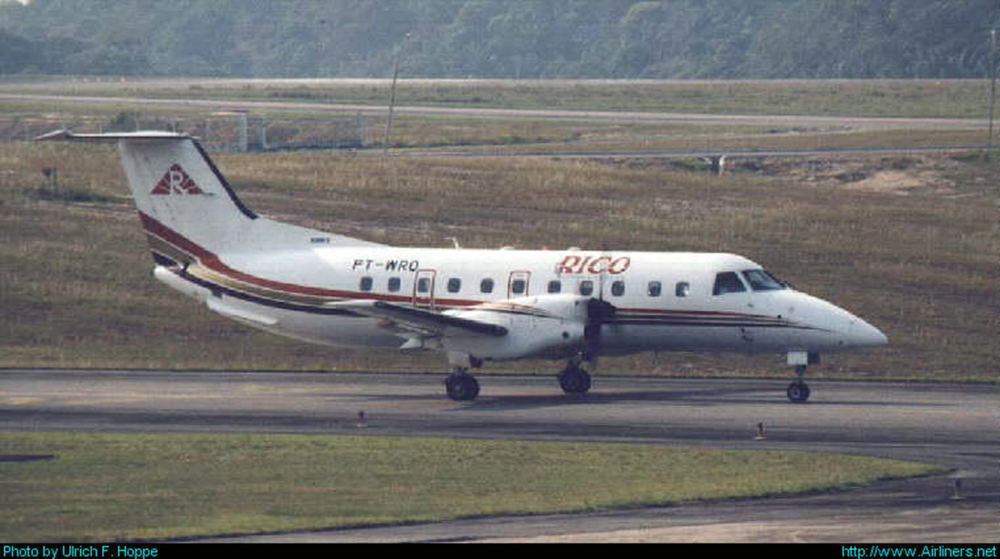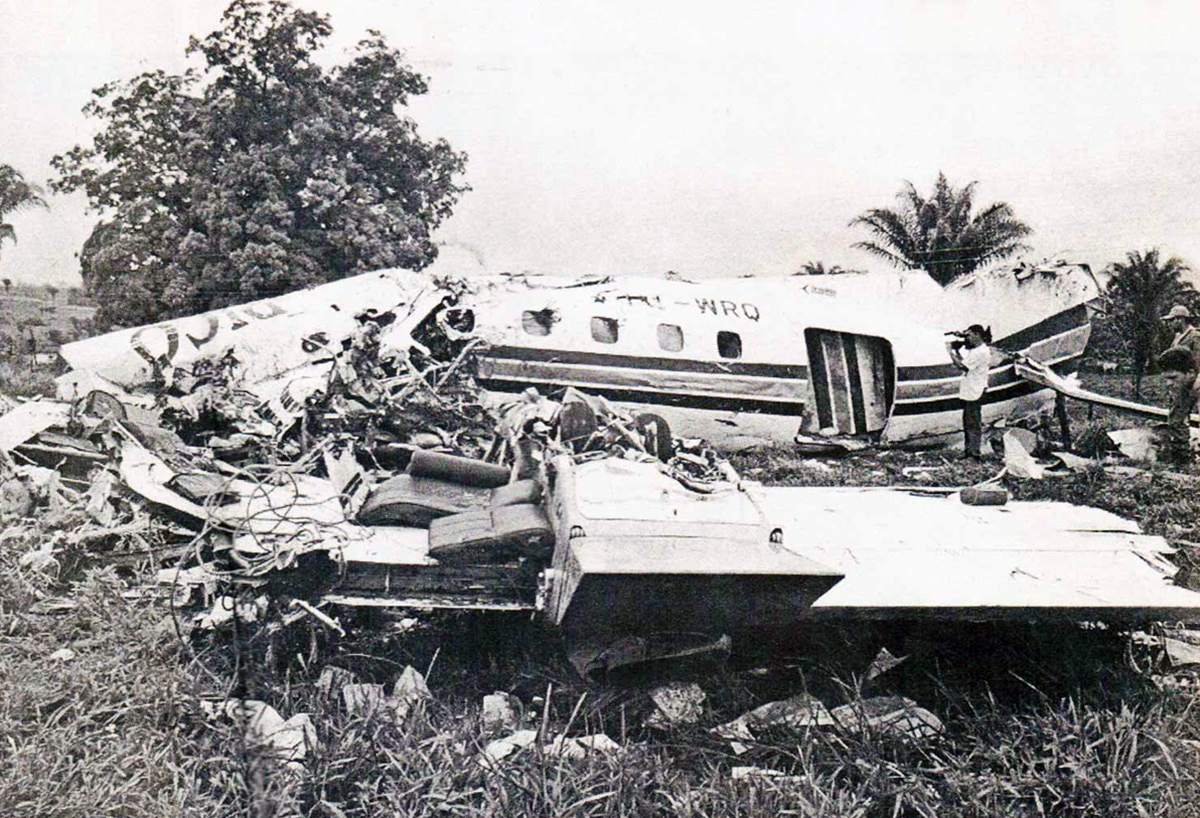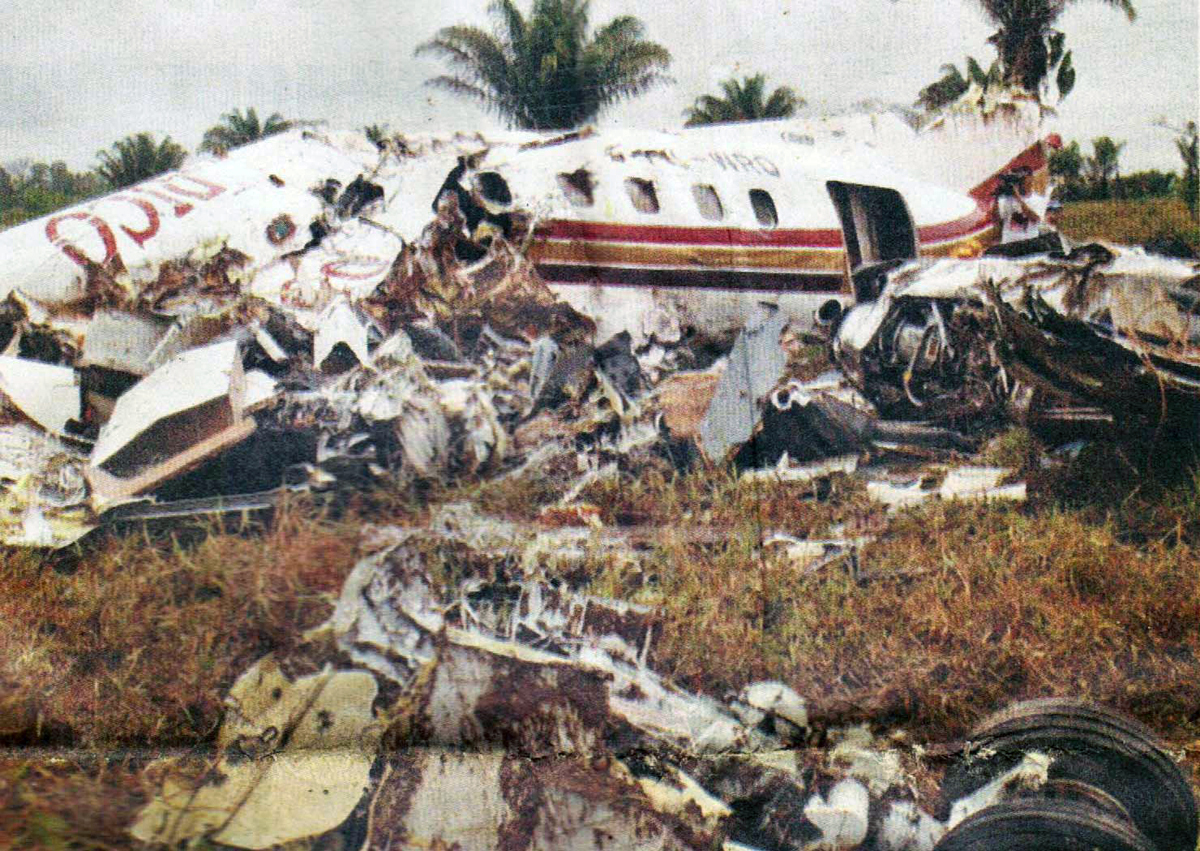Crash of a Beechcraft A60 Duke in Jesup: 2 killed
Date & Time:
Oct 23, 2002 at 2128 LT
Registration:
N73CR
Survivors:
No
Schedule:
Muncie – Melbourne
MSN:
P-222
YOM:
1973
Crew on board:
1
Crew fatalities:
Pax on board:
1
Pax fatalities:
Other fatalities:
Total fatalities:
2
Captain / Total hours on type:
8.00
Aircraft flight hours:
5125
Circumstances:
The airplane was equipped with two experimental Engine AIR Power Systems TSIVD-427, 500-horsepower, liquid-cooled, turbocharged, V8 engines. During previous flights, the right engine lost boost then overboosted intermittently, and attempted repairs were unsuccessful. The pilot elected to fly the airplane to its home base for further troubleshooting. During cruise flight, the pilot reported an engine was surging, declared an emergency, and received vectors toward the airport. The airplane collided into a field beside the airport runway and caught fire. The airplane had a total of 8 to 10 hours of flight time at the time of the accident. Records revealed that two days after the airplane's first test flight, the pilot flew the airplane from Melbourne, Florida, to an airport 336 nm miles away, then flew it to Canada to display it at a fly-in.The FAA operating limitations for the airplane restricted its operation to flight test only, which was proposed to consist of 100 flight hours, since the installation of the modified engines. No single-engine performance data was available for this airplane. Examination of the engines and accessories revealed extensive fire and impact damage. Continuity of the crankshaft, valves, rods, and pistons was established for the right engine by manually rotating the propeller reduction control unit.
Probable cause:
The loss of power in one engine and the loss of control for undetermined reasons.
Final Report:
